Last-Minute NYC Holiday Gift Guide 🎁
We’ve created a holiday gift guide with presents for the intrepid New Yorker that should arrive just in time—


Today the new exhibition “Christian Dior: Designer of Dreams.” opens at the Brooklyn Museum. “This is an exciting time,” Shelby White and Leon Levy Brooklyn Museum Director, Anne Pasternak says, “People wanted, and in fact, they needed inspiration. And really, what could be more inspiring than the designs of Christian Dior? Knowing New York needed some uplift, we will see that the team of Dior brought their very best with this extraordinary exhibition. In fact, New York owes Dior a very great debt.”
Each museum in New York is known to have its own personality — the upscale, larger-than-life presence of the Metropolitan Museum of Art, the innovative classic style of The MoMA, the humbling and deeply enriching experience at the Museum of the City of New York. However, what makes each stand out from the other, and which one stands out the most from all the rest of these remarkable museums infamously known in New York City? The Brooklyn Museum has, indeed, its own unique personality. It introduces you to exhibitions of history rarely seen and brings light to art that surprises and moves the masses with not only the breathtaking candor of the structure of the museum itself but the dedication behind their installations to tap into another dimension.

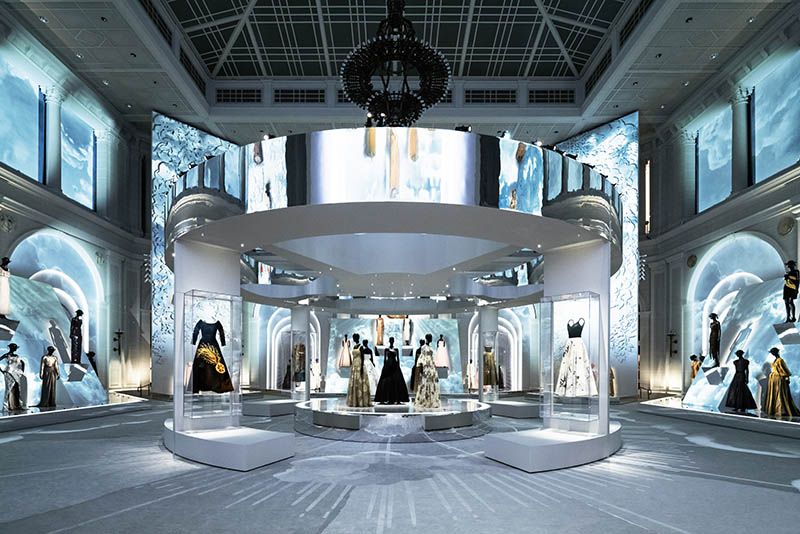
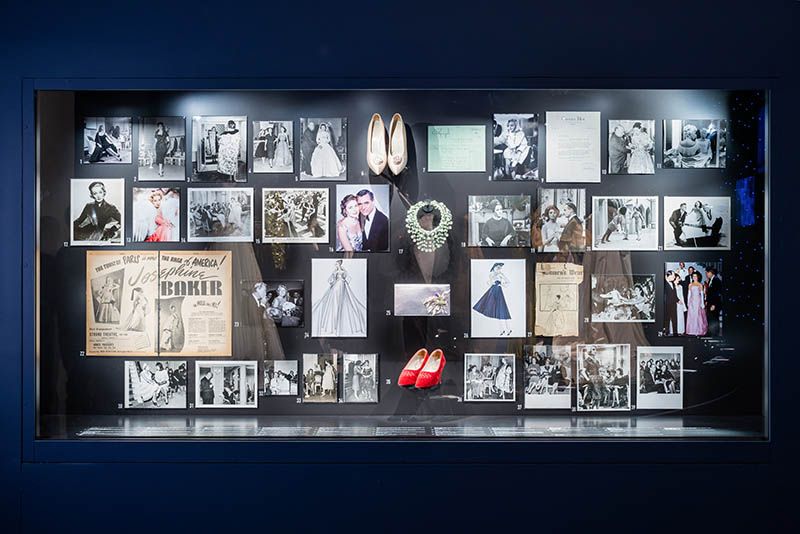
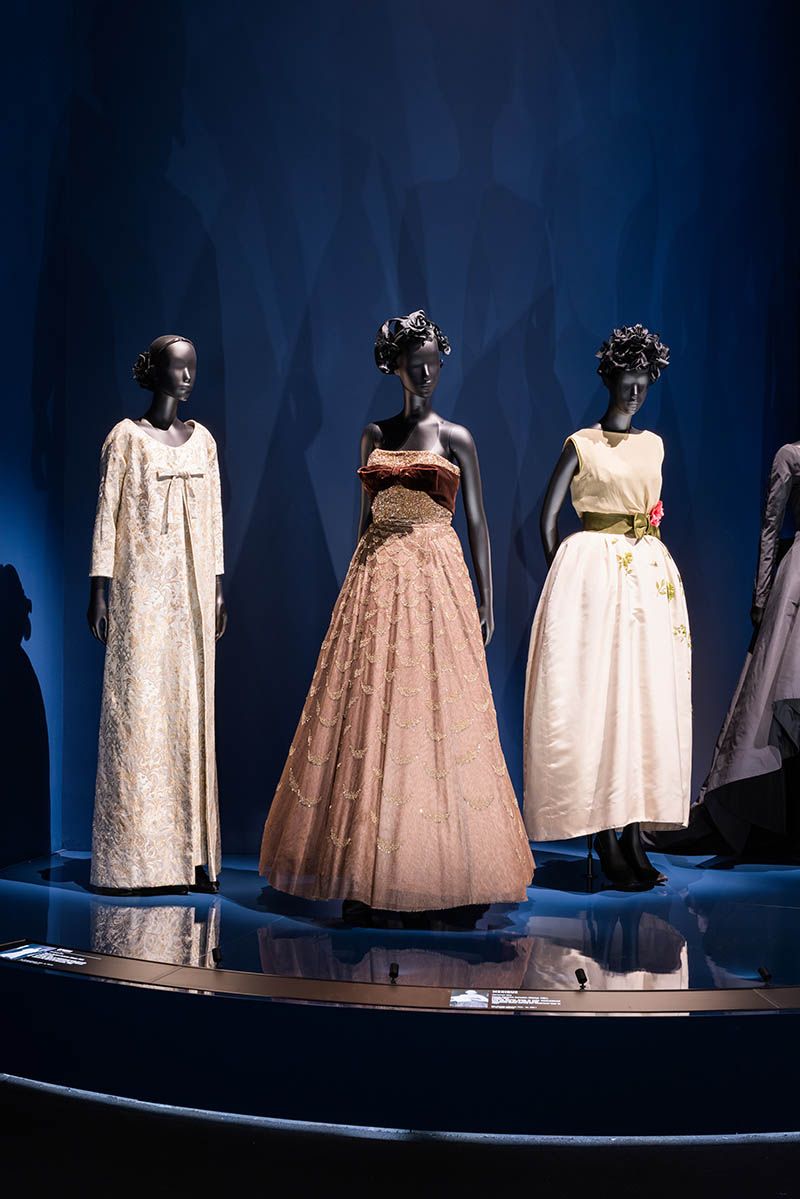

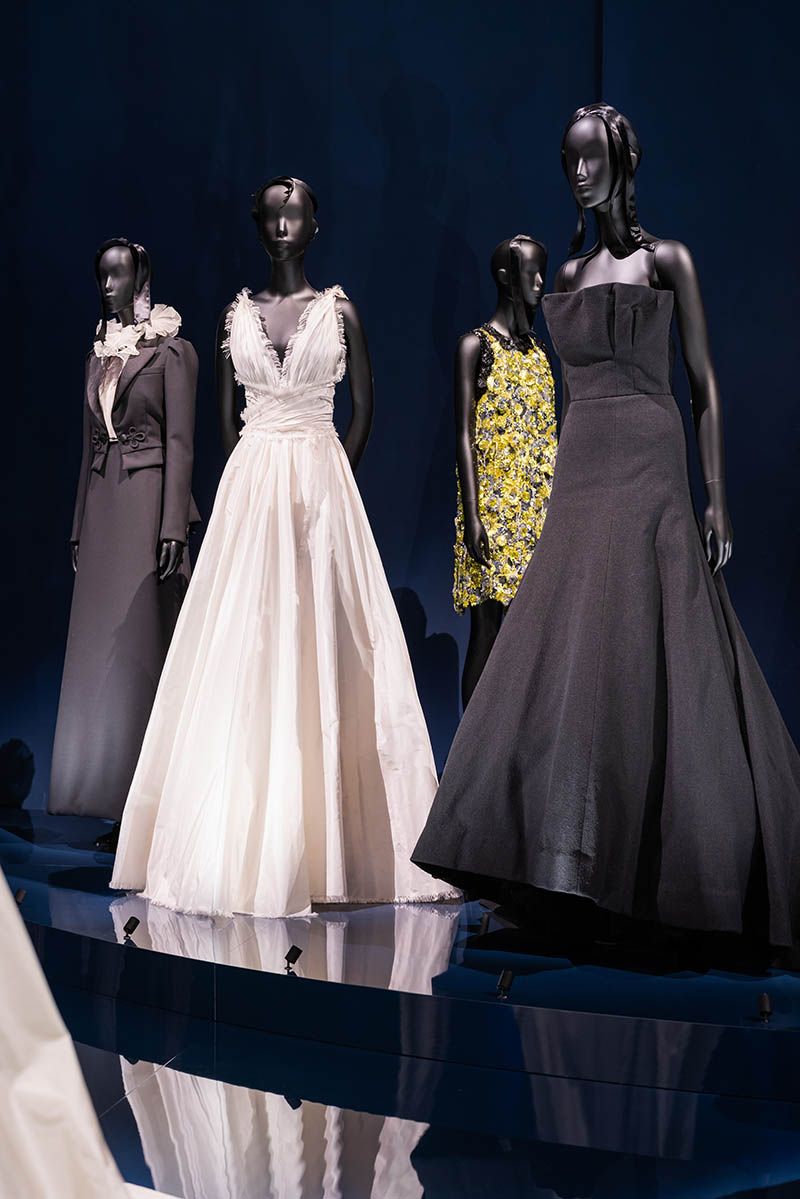


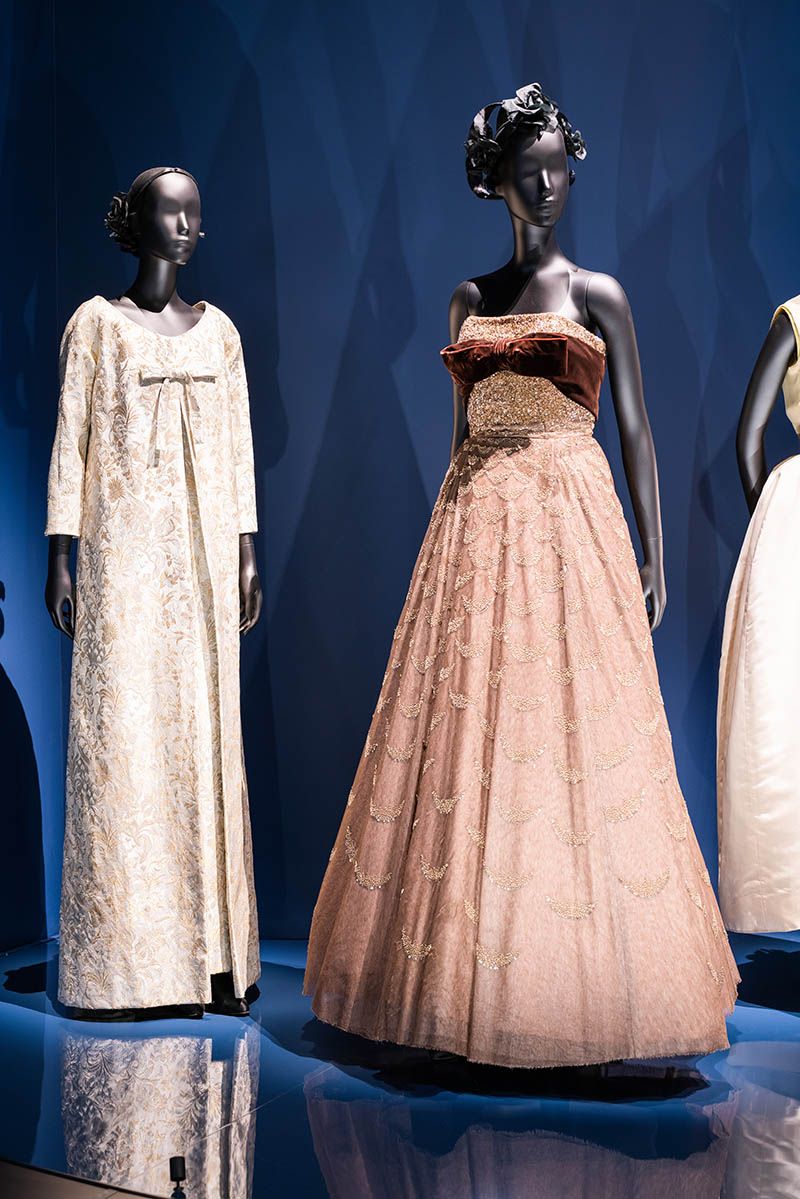

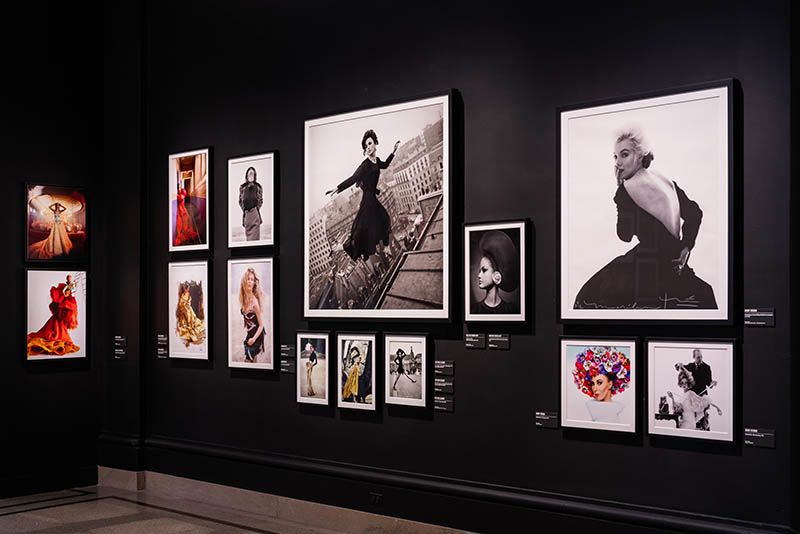
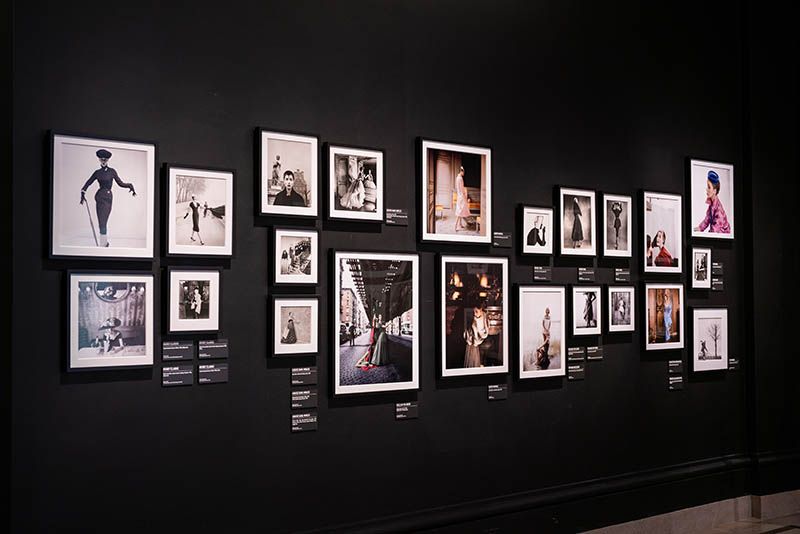

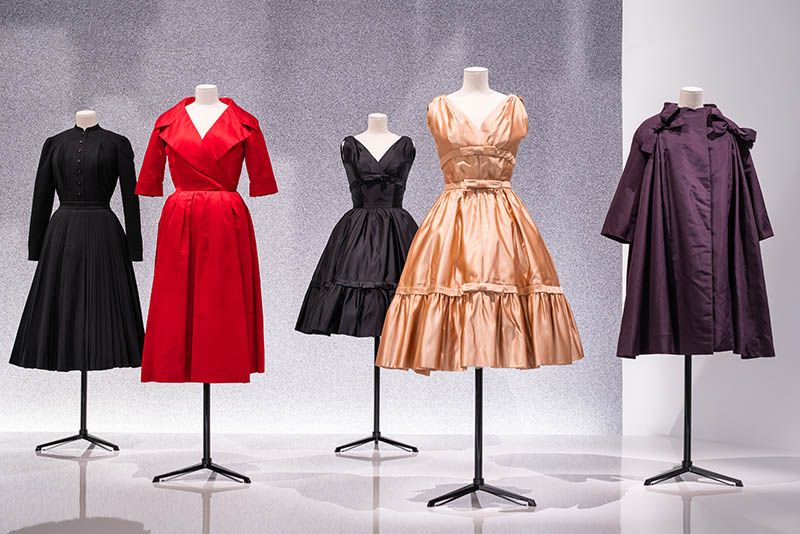



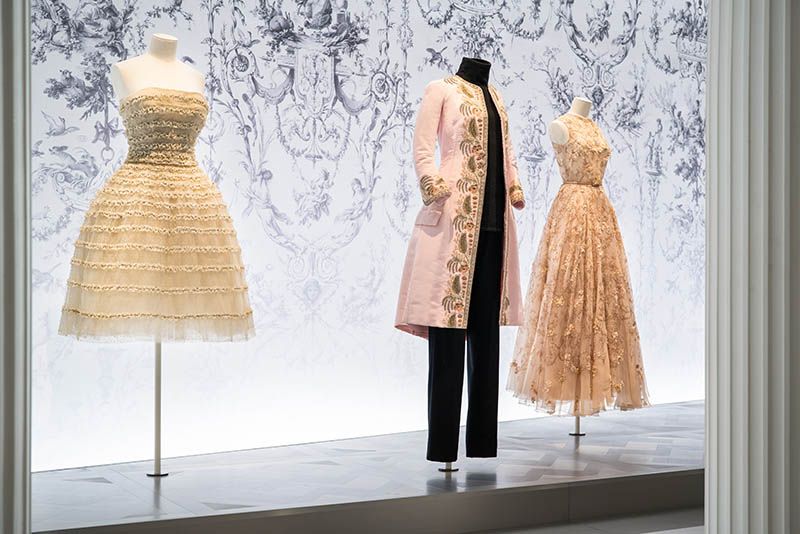
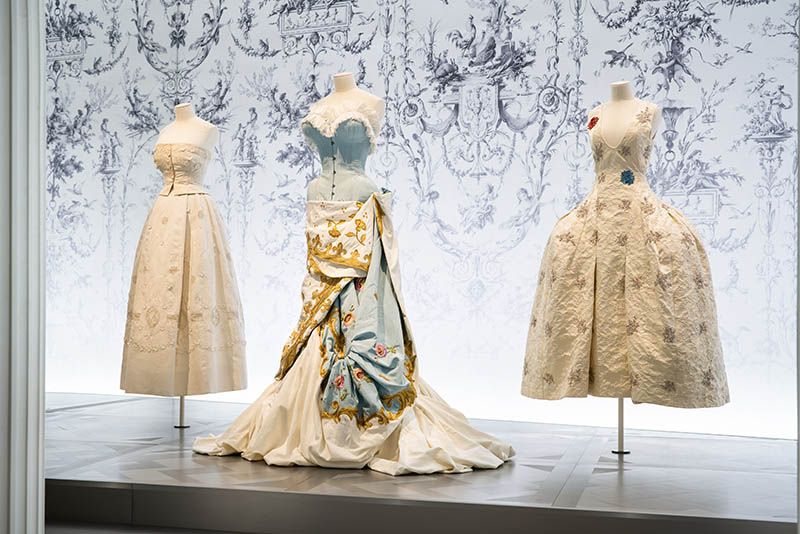


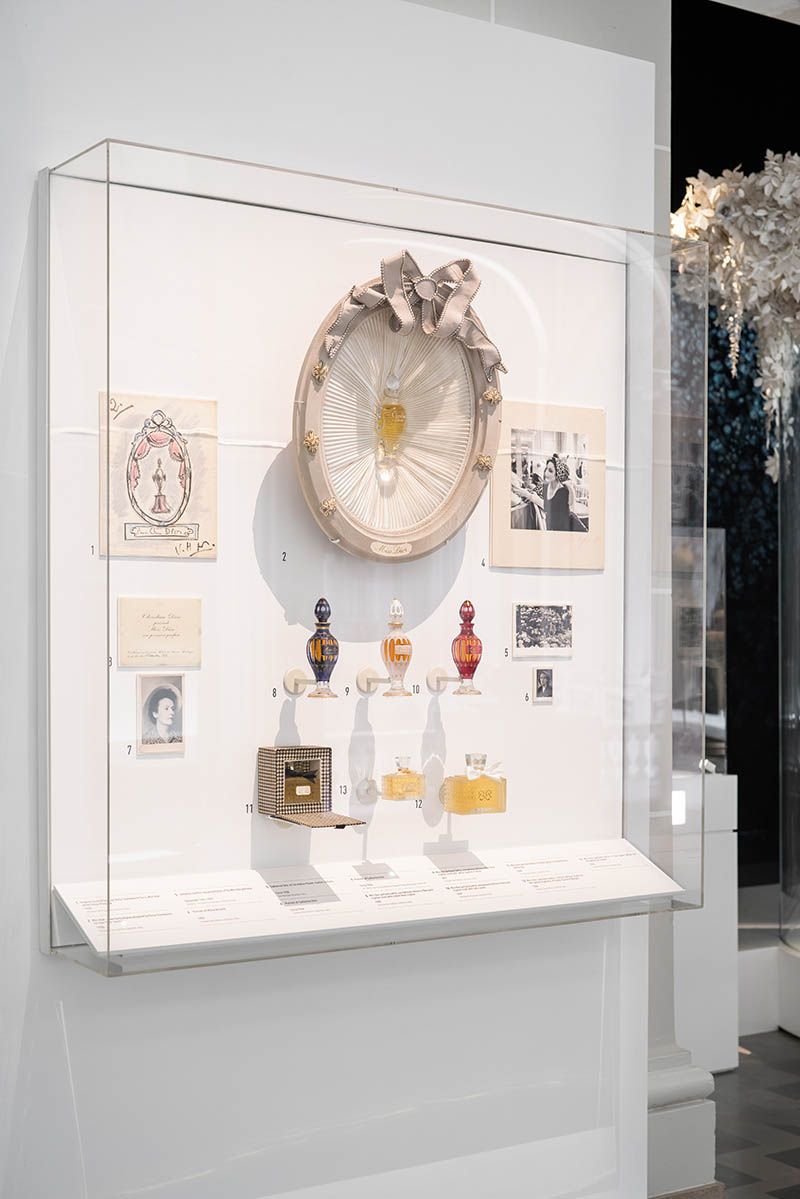
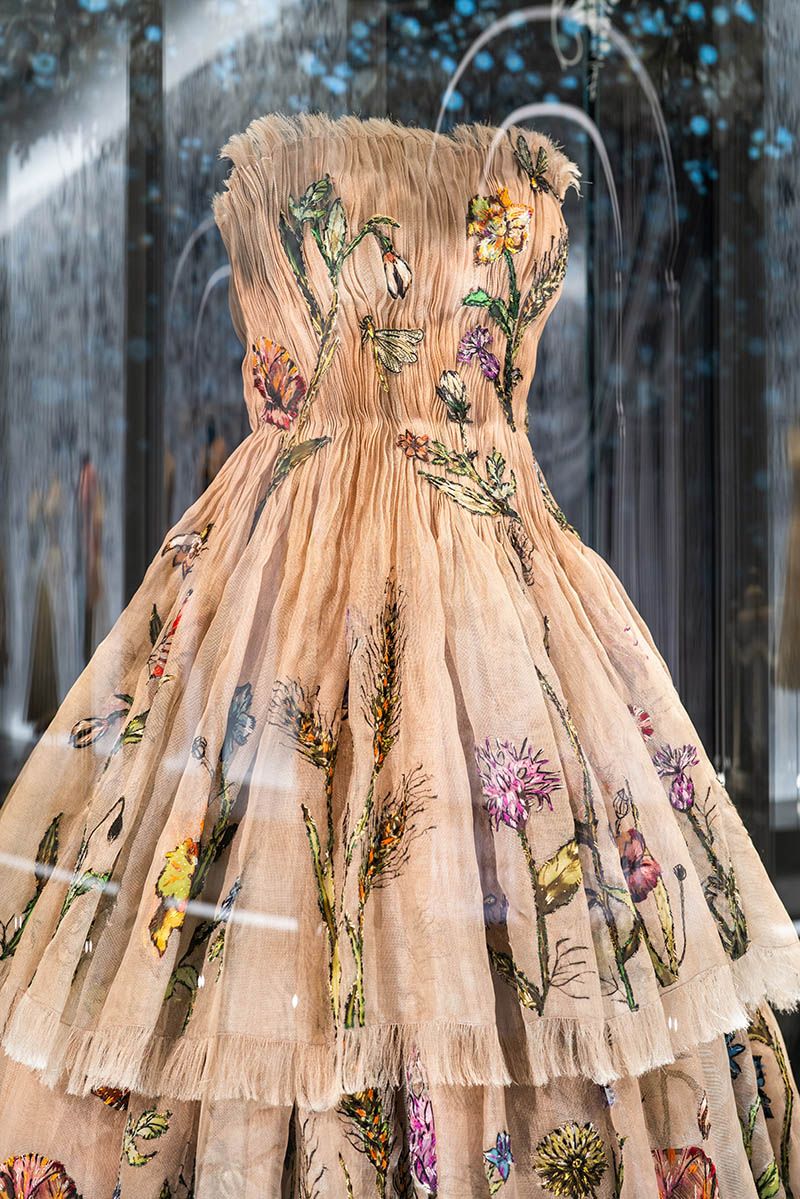
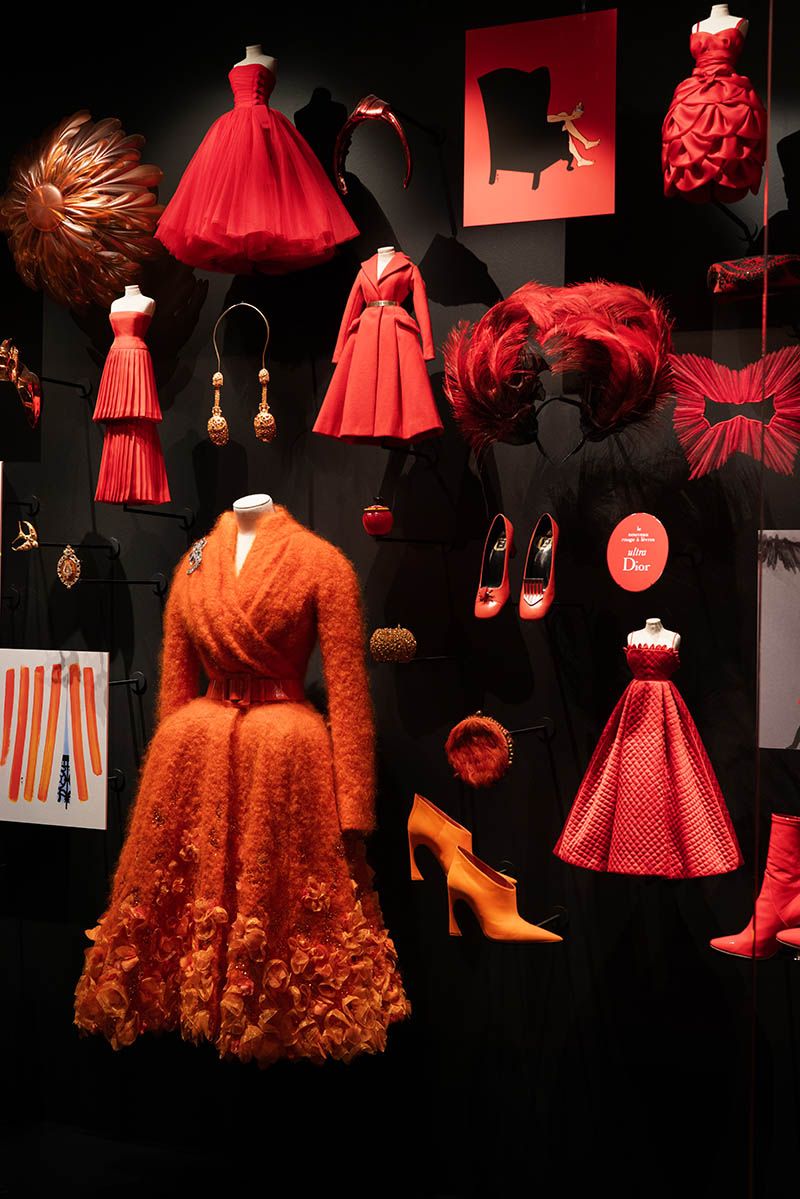
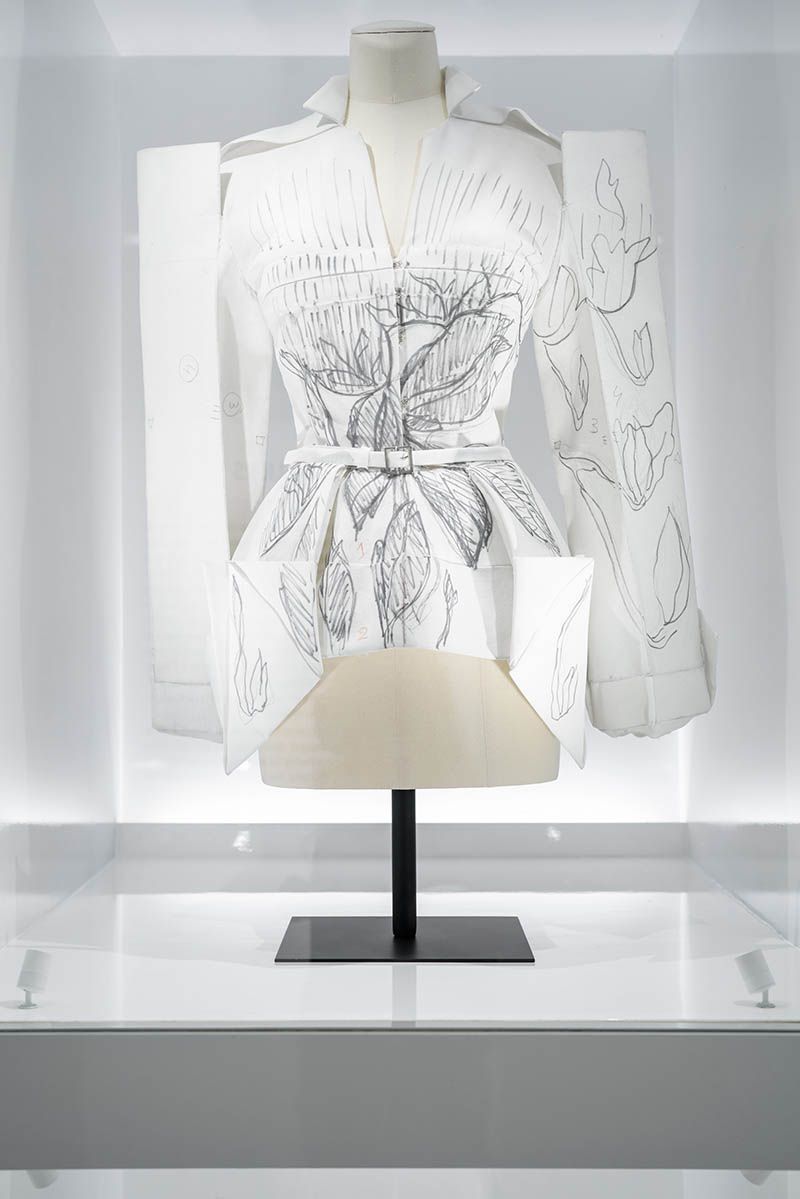

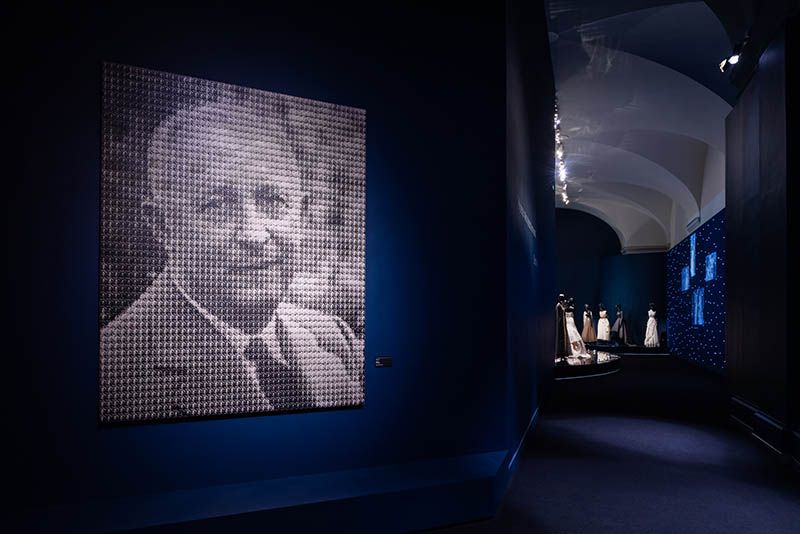
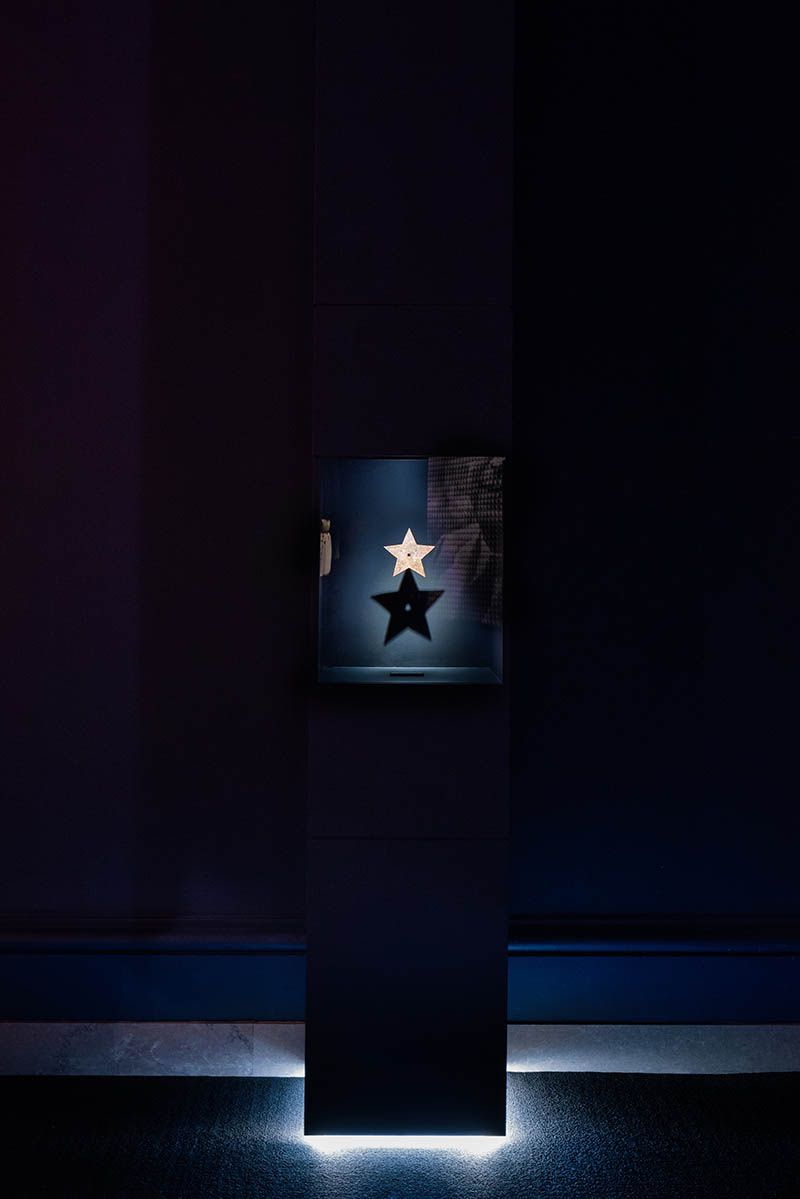

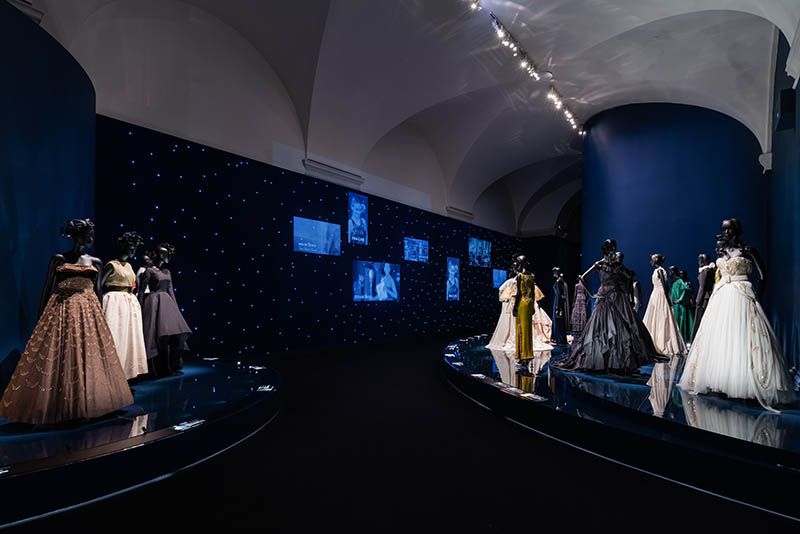
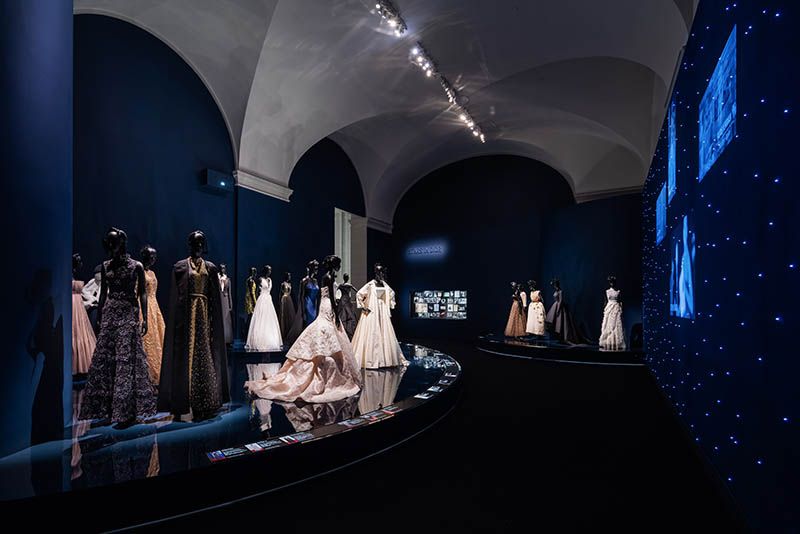
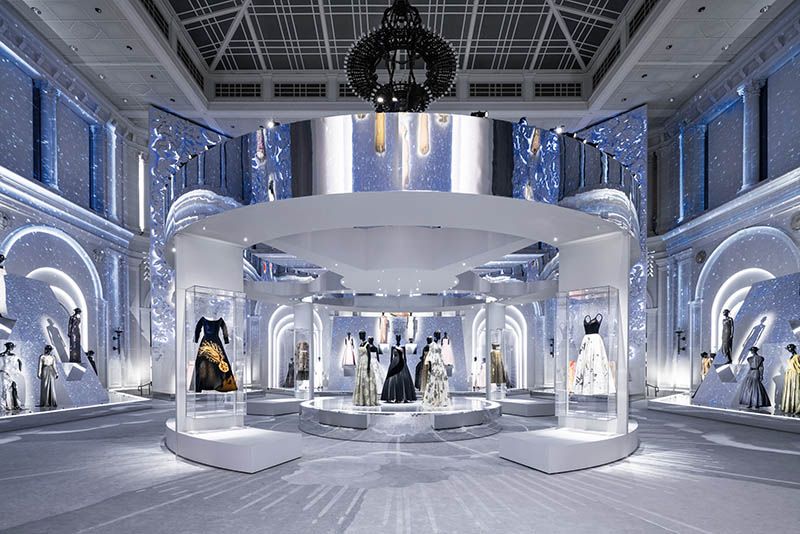




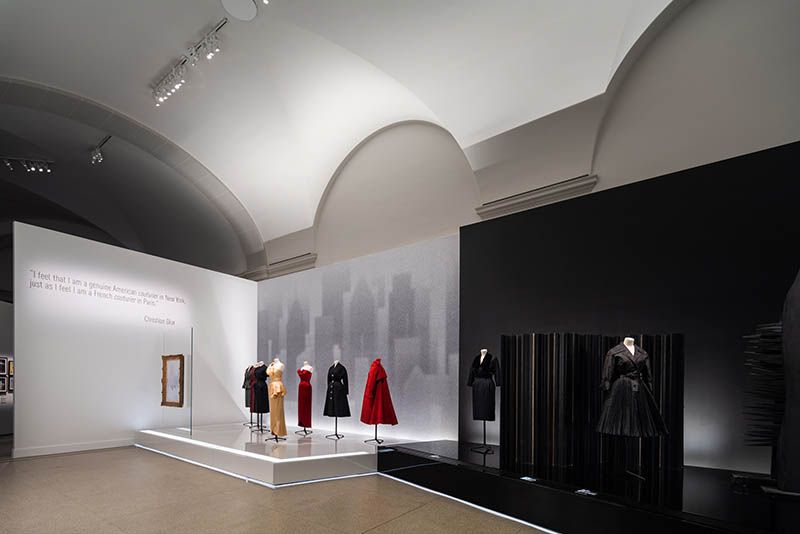

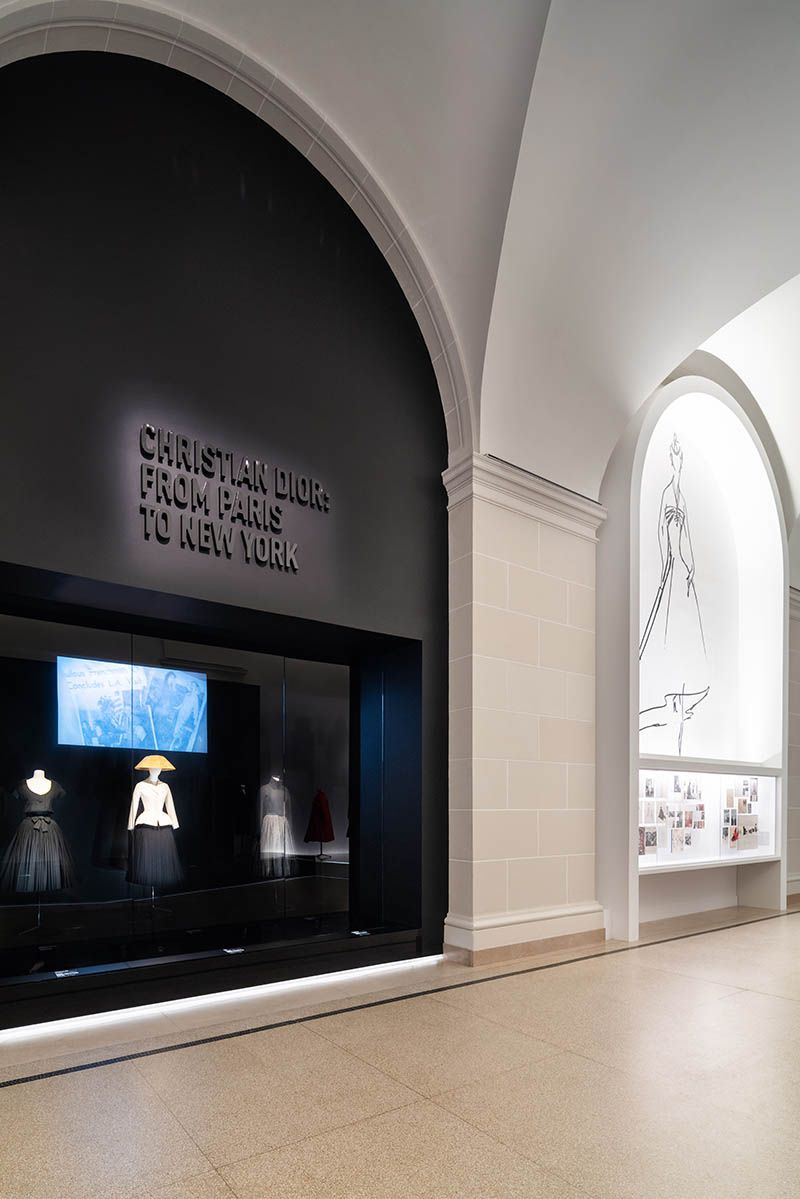



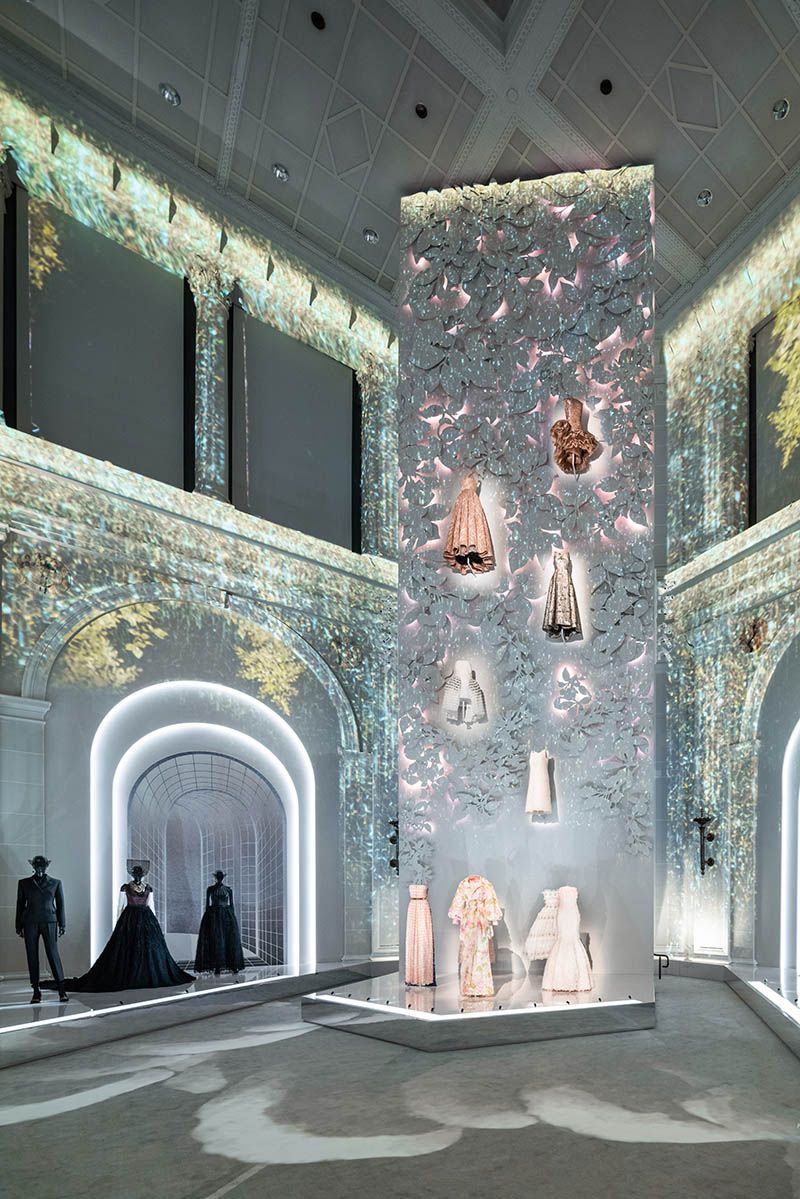



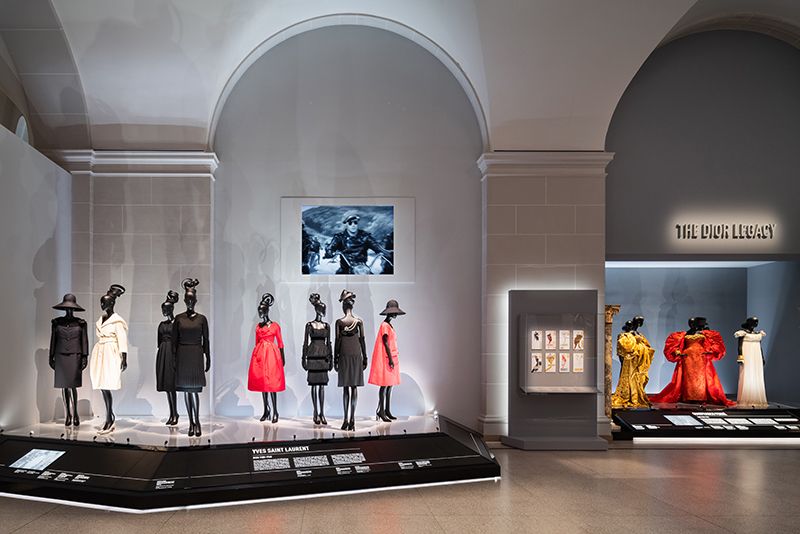
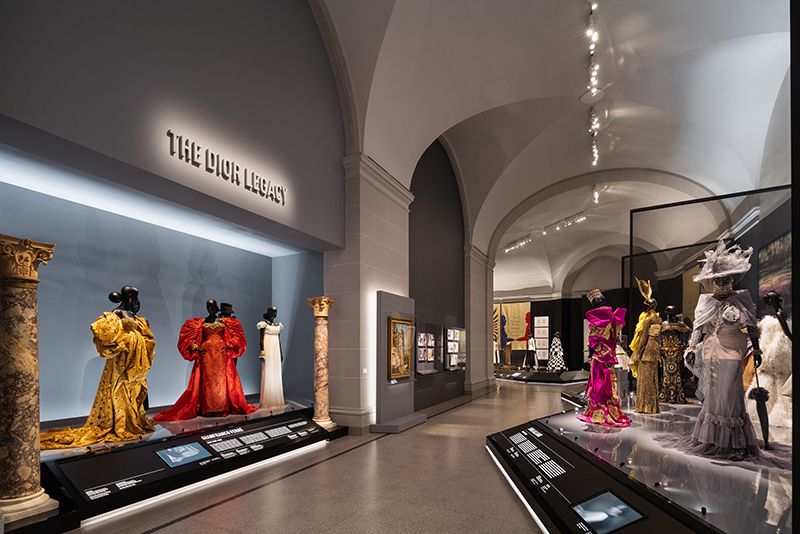


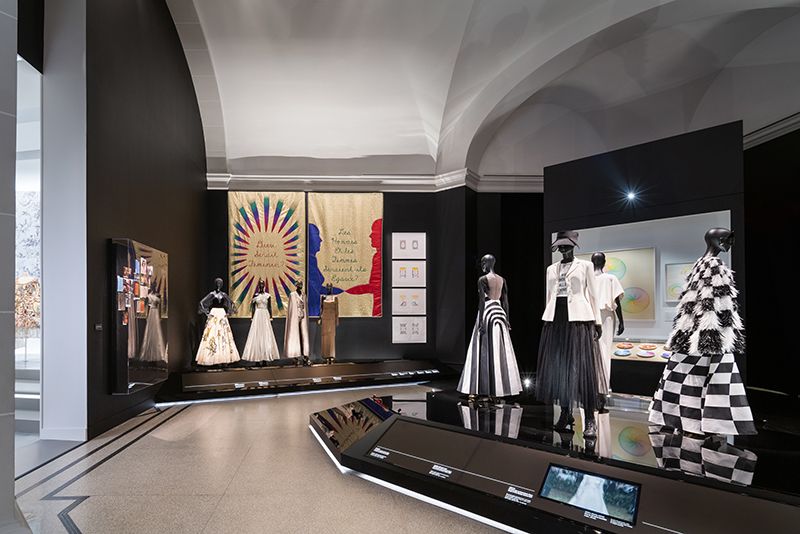



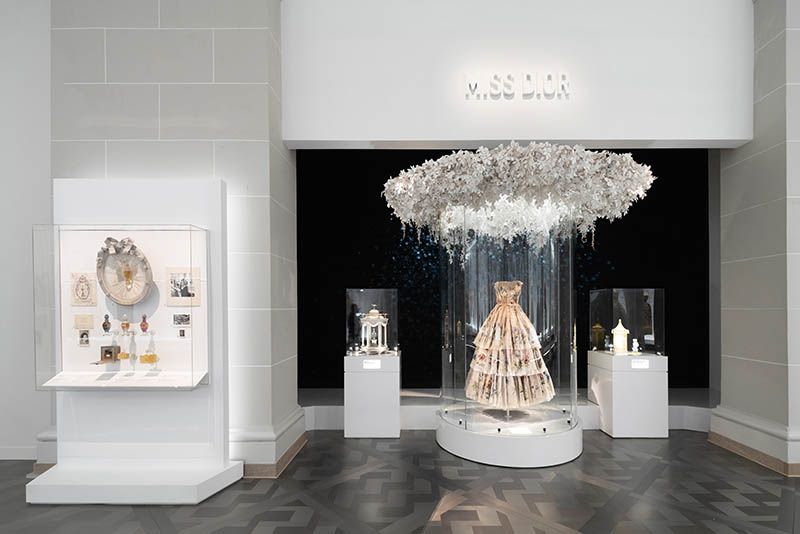


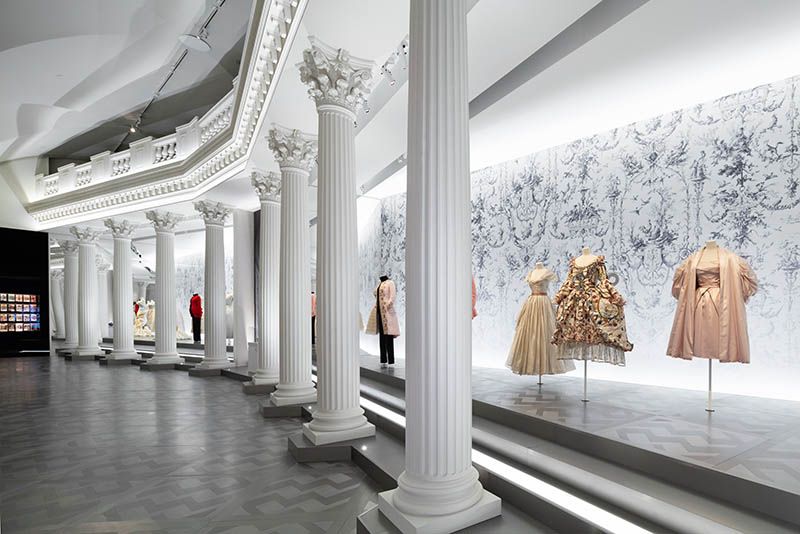

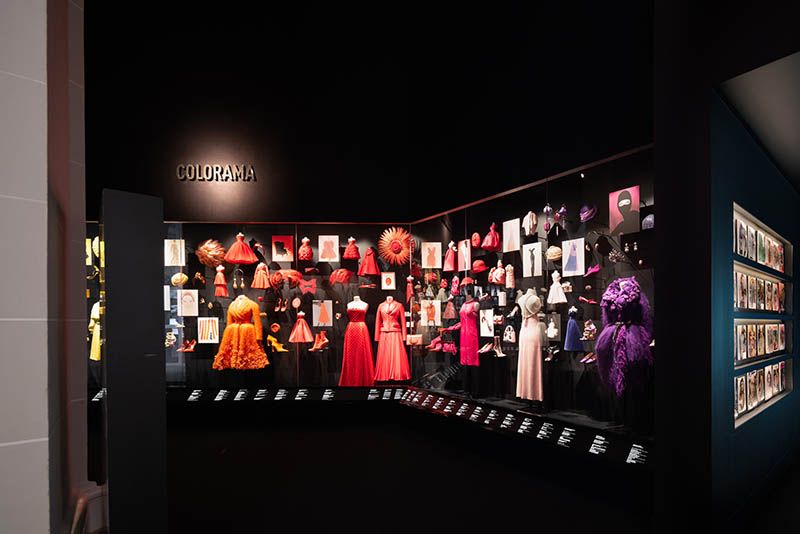


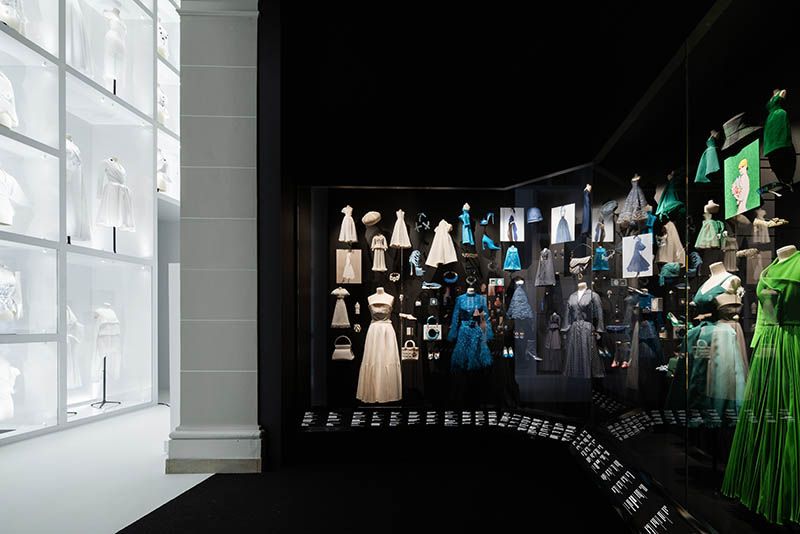
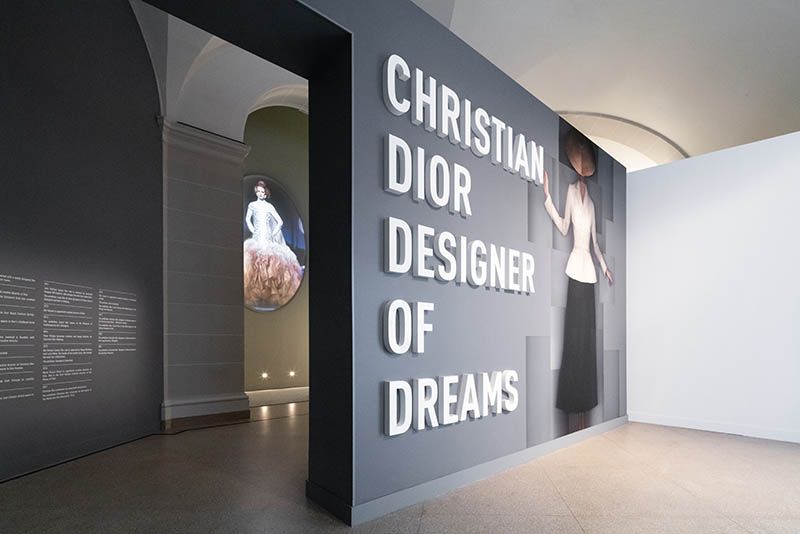



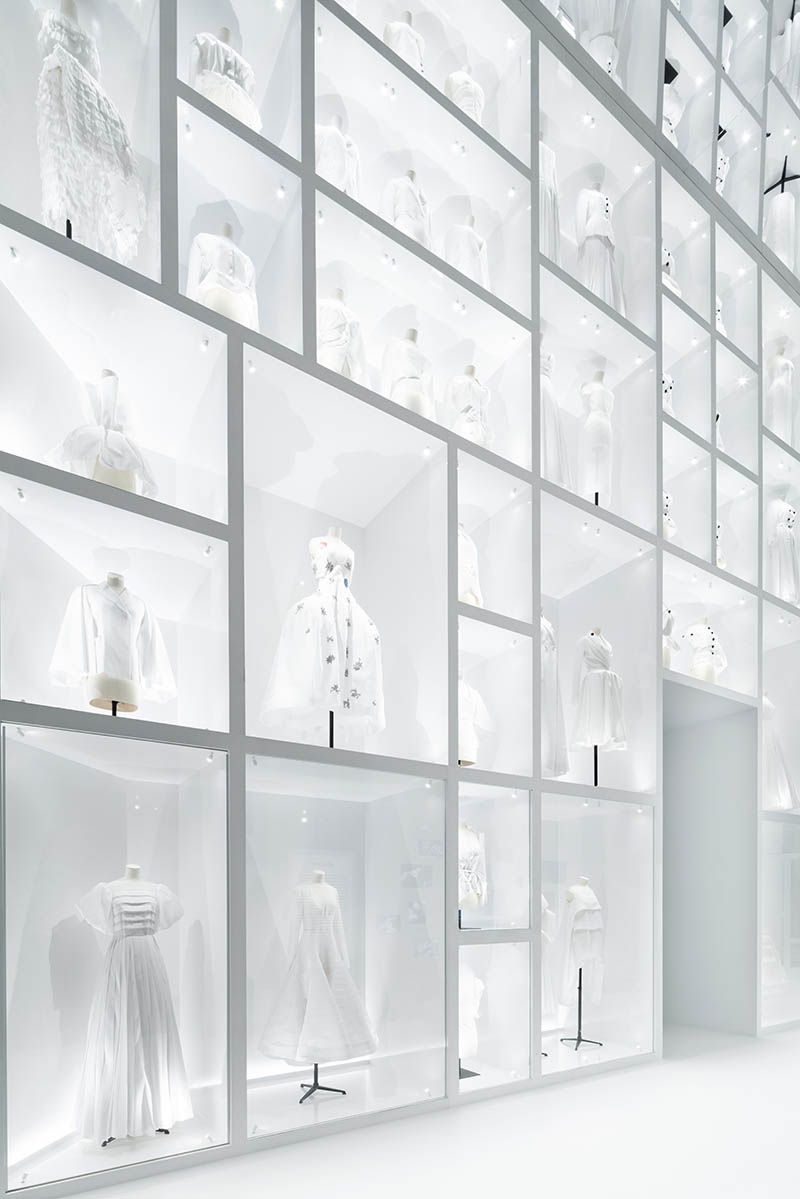


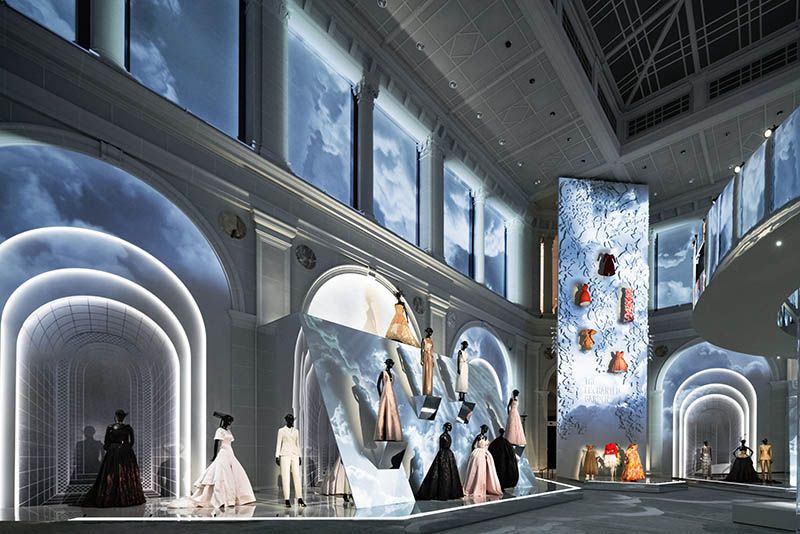

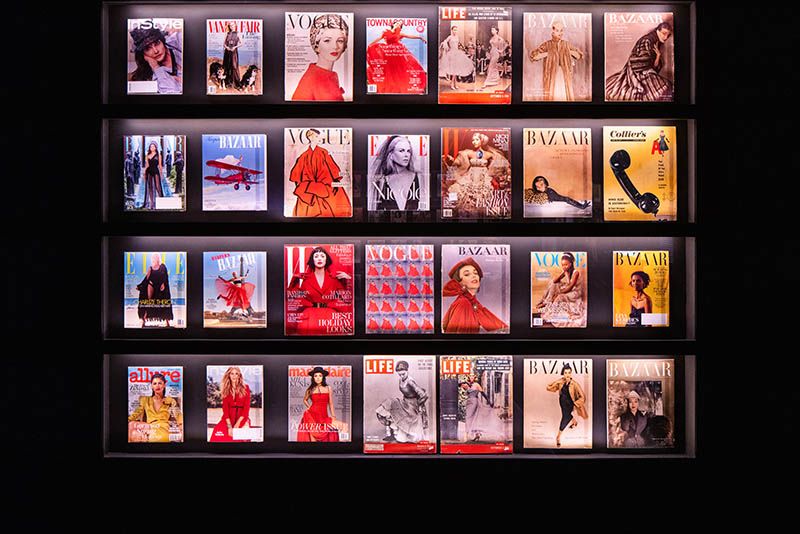
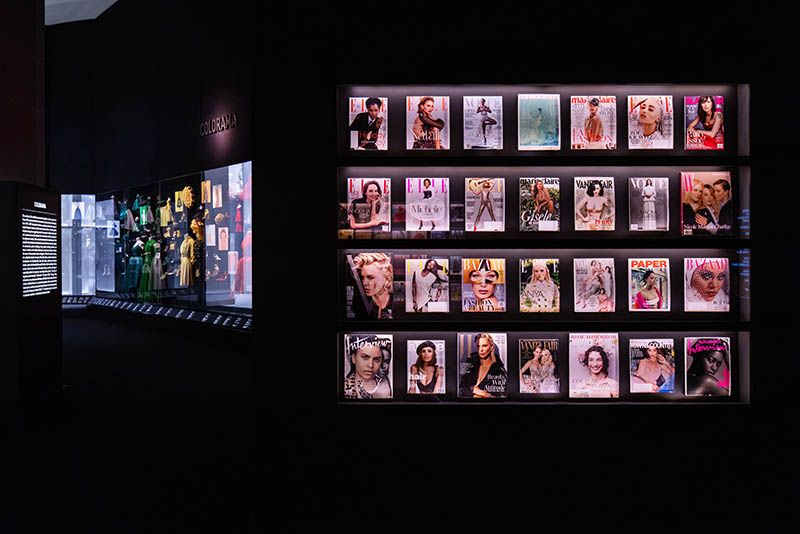
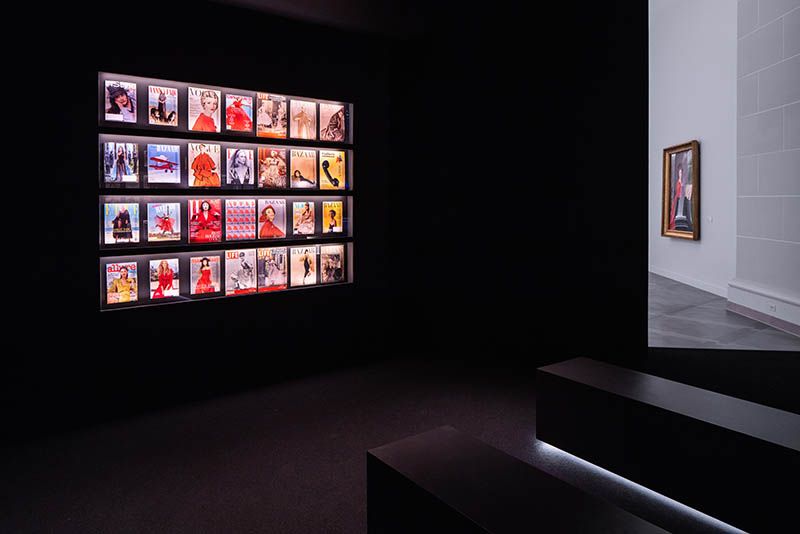
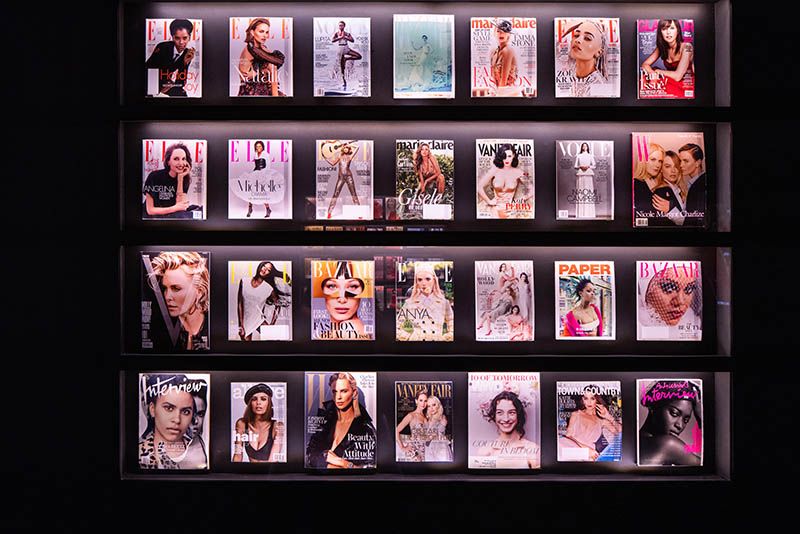

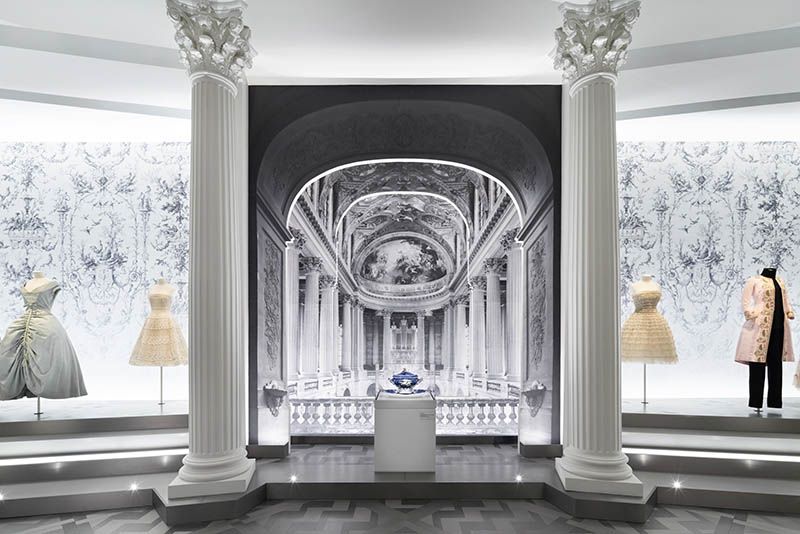


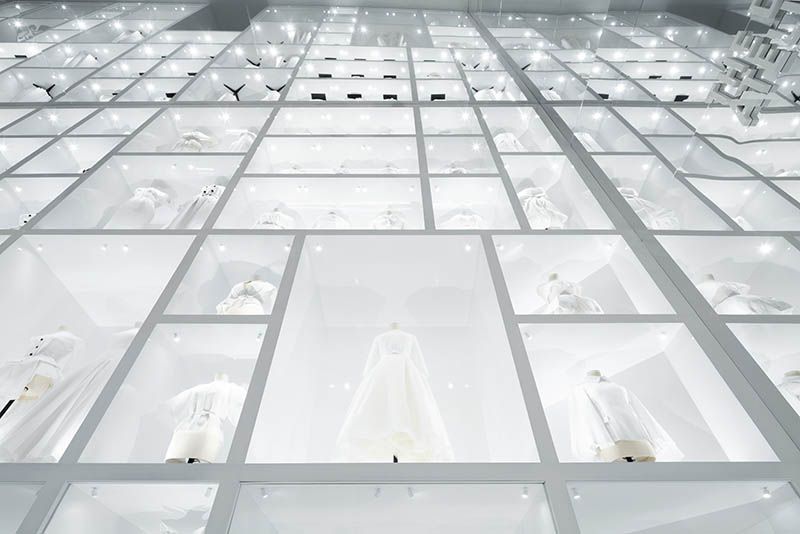

Back in 1949, New York City exhibited the great Christian Dior for the first time in Two Centuries of French Fashion. It was a gift from France to New York of 49 displayed couture dolls to give thanks for America’s “service and participation during World War 2.” The Brooklyn Museum then became the first American museum to collect work from the house of Dior after collecting the great French couture doll. “Christian Dior is a breathtaking look at the history and legacy of one of the most important fashion houses in the world,” Anne Pasternak says. “I can truly say what the Dior team has done to transform this space has been one of the most thrilling experiences I’ve had at the museum. The team was 24/7 for weeks upon weeks working to transform this extraordinary space…I cannot say it enough Dior has been the most extraordinary partner.” Brooklyn Museum staff mentioned, “They would come in at 6 a.m. and be nonstop. They used their own equipment, everything.”

Curator of the exhibition, Florence Muller says, “This exhibition has had a number of iterations because it was first created in Paris in 2017 at the Museum of Decorative Arts. And then it went to the Victoria & Albert Museum in London and then to the Long Museum West Bund in Shanghai. Perhaps you can ask yourself what is so special at the exhibition here at the Brooklyn Museum? First, I might say that two-thirds of the dresses that you might see, and not only the dresses but also the documents, the film, the photographs, were not exhibited before. And there are some entire sections that are created entirely for the Brooklyn Museum.”
Each section feels like falling into not only a fashion designer’s world but an artist’s evolutionary journey. This first section is dedicated to the relationship between Christian Dior and New York. In 1947, Neiman Marcus invited Dior for his first trip to the United States to receive the prestigious Award for Distinguished Service in the Field of Fashion. When Dior arrived in New York, it was love at first sight. He fell in love with the architecture of the city, the beauty of the city, and the style of the American woman. It was then he decided in 1948 to open Christian Dior-New York boutique in the Hecksher Building (Crown Building) at 730 Fifth Avenue.

Monsieur Dior traveled frequently back and forth between New York and Paris overseeing his work to ensure absolute control of his worldwide label from every intricate detail to all categories in his collection such as jewelry, hats, garments, handbags, stockings, etc. This section also features glass panels of stitched fabrics along with design ideas from Dior and black-and-white photographs from designing iconic dresses with convex shoulders and definite waists, simple but elegant gowns, and haute couture of the 1950s. In the era after World War II, women found themselves suddenly back in their homes. Dior’s designs gave women a new-found femininity.
Followed by the New York section is the photography section. Set from Dior’s print collection against a black wall of various photographers’ black and white photos of dressing up Hollywood stars’ finest, such as Marilyn Monroe wearing a backless black evening long-sleeved gown smiling softly into the camera titled Marilyn Monroe, The Last Sitting by Bert Stern.

Another famous black and white photograph is Dovima with elephants in a Y line, velvet sheath dress by Dior with an obi-style white satin sash taken by Richard Avedon. It sits in a glass enclosing as onlookers may pass by in awe. The name of the dress is titled Soiree De Paris and is a classic example of haute couture.

After Dior’s untimely death in 1957, his legacy in the house of fashion lived on. The House of Dior continued by “six highly talented artistic directors: Yves Saint Laurent (who had been personally chosen for his succession by Dior), Marc Bohan, Gianfranco Ferre, John Galliano, Raf Simons, and today’s leading lady, Maria Grazia Chiuri. They managed to re-enter the archives to create transformative designs that evolved the fashion house into what it is today. Their beautiful garments and masterpieces of haute couture are featured throughout the exhibition.

Another notable area of the exhibition is the collection of 18th-century inspired clothing. Dior and his successors drew much inspiration for feminine clothing from 18th-century portraits of women. The extravagant dresses are some jeweled, puffed shoulders and trim, long elegant waistlines or trimmed waistlines with intricate velvet-designed stomachers and puffed petite skirts that still embody a woman’s shape gracefully. They are inspired by the Versailles‘ Hall of Mirrors and the simpler, beaded, floral lace dresses are inspired by the last dress Marie Antoinette wore at her estate in Petite Trianon. Along this section is a dedication to Dior’s fragrance, which made a woman’s outfit complete.

Miss Dior was developed in 1947, as a homage to Dior’s sister, Catherine, and became his first fragrance. She was a French Resistance fighter and survivor of the Nazi concentration camps, recently fictionalized in the novel Sisters of the Resistance: A Novel of Catherine Dior’s Spy Network. This perfume introduction became the first time a fragrance made it into a fashion house. A diverse collection of Dior scents is beautifully displayed in petite glass bottles. One, in particular, is tucked under a mini parfum stone gazebo. Others are encased in glass vitrines, and you can find a storyline on how the perfumes were born.
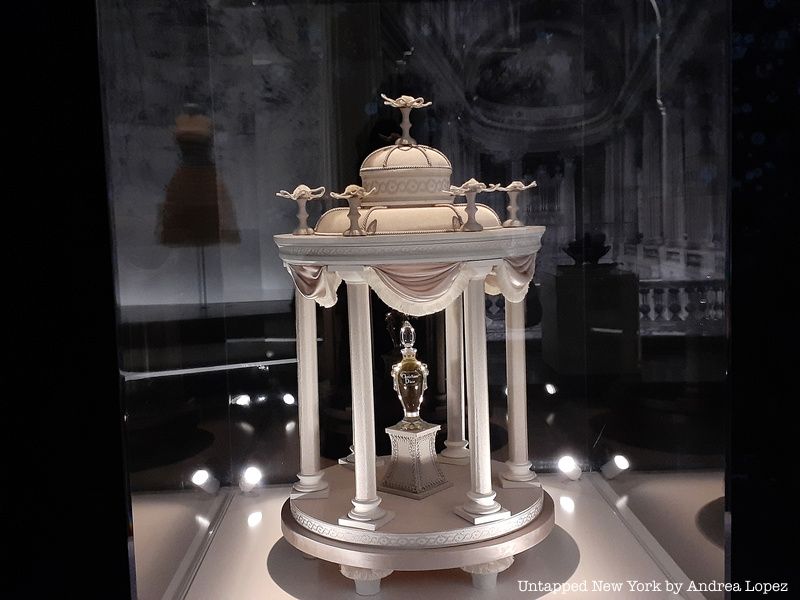
The “Colorama” section of the exhibition shows palettes of colors the House of Dior uses in accessories, gloves, handbags, dresses, hats, jewelry, shoes, and drawings from its conception in 1947 until present-day, 2021. The color palette of Dior represents completely strong hues on the fringe of spectacle that also align with softer, luminous tones that were popular in the eighteenth century, which Dior loved.
The section talks in intrinsic detail of the white, blue, pink, red, and orange palette. Blue represented the French Riviera and Portofino. “Pink is the color of happiness and femininity,” said Dior, and red is “the color of life.” Orange and violet were made up of Asian and Middle Eastern decorative objects in Dior’s childhood home. As a lover of gardening and nature, he adored green. White meant purity, the Dior toiles, and the seamstress’ mannequins. His favorite color of all, however, was black. According to Dior, every woman should have “a little black dress.”

Another magnificent section that seamlessly follows after “Colorama” is “The Ateliers.” It is based on the Dior studios, also known as, workrooms, which are “the cornerstone of the fashion house,” this is the fundamental home of the seamstresses who spend countless hours working on a single design. The ateliers create test garments, also known as toiles, based on drawings by the artistic director or the designer. These sketches are the lifeline of every starting collection. Inhabited in a brightly lit oversized white room, a collection spectrum of haute couture dresses on bust forms are presented, stacked over one another until they reach a mirrored ceiling, each representing the three-dimensional toiles.

First: the volume and the lines of the garments are established and if approved by the designer, embellishments and adornments are followed. The toile creates a pattern for the rest of the “runway prototype” and then fabrics are selected. Here in this section, truly shows how haute couture collections are created and strictly kept in privacy by the ateliers.
Perhaps the most elusive, extravagant, and breathtaking section of all is the “Superstition and The Enchanted Garden.” Inspired by Dior and his successors’ love for flowers, this ode to nature brings the line of fashion into another realm entirely. Dior’s belief in superstition began in childhood after a fortune teller’s prediction and he remained in touch with his clairvoyant, Madame Delahaye. Chiuri used her fascination with the divining arts to create the Constellation dress, decorated with zodiac signs. The dress is behind the short film, Le Chateau du Tarot, where Chiuri envisions a young woman on a journey to discover her true self while discovering meaningful symbols along the way. Each of those symbols is represented by a dress displayed in the center of the room, which is synonymous with a specific tarot card.
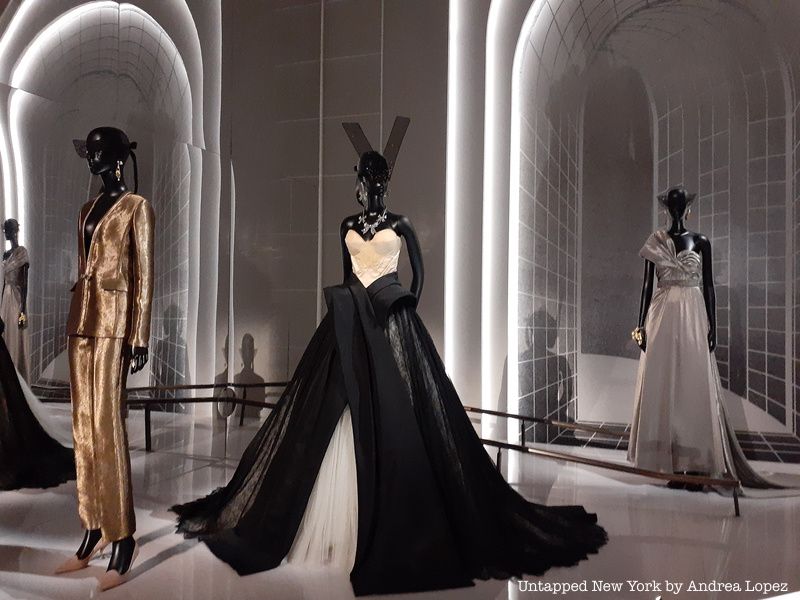

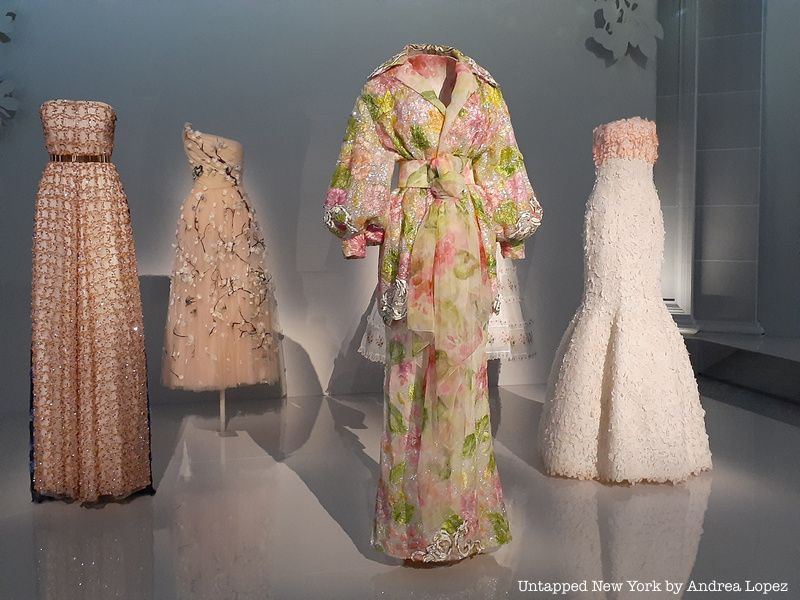

The final section of the exhibition belongs to the stars, which is like entering into a dotted, blue starry night. In addition, there is a glass display of clips featuring movie stars that worked with Dior, along with television screens playing old film excerpts while their dresses are displayed.. It’s as if strolling through the end of a glitzy night. At the end of the exhibition, the journey ends with a poignant portrait mosaic of the great designer composed of intricate small graphic photos of Marilyn Monroe’s face and a heartwarming quote by Dior that reads, “My dresses make a princess of every woman.” Ultimately, after experiencing this spectacular exhibition, one can most definitely say, yes, yes, they do.

Tickets for Christian Dior: Designer of Dreams are on sale now. The Brooklyn Museum is open Wednesdays, Thursdays, and Sundays from 11 am- 6 pm and Fridays, Saturdays from 11 am – 8 pm.
Next, also check out the famed Obama portraits also currently on display in the Brooklyn Museum.
Subscribe to our newsletter